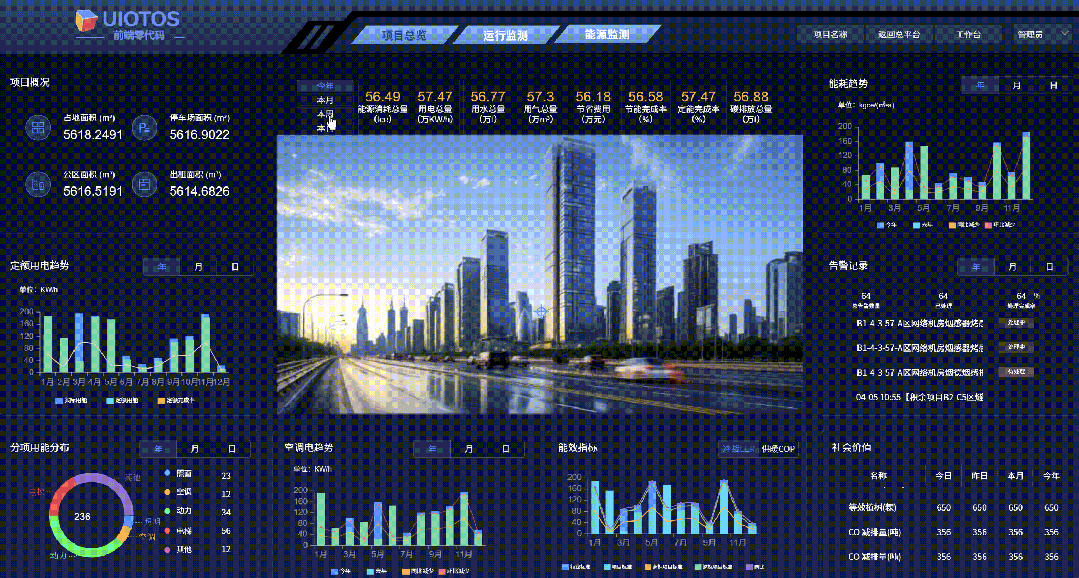MQTT (Message Queuing Telemetry Transport) is a lightweight publish/subscribe protocol that is indeed very suitable for IoT devices operating under low bandwidth communication conditions. The following sections provide a detailed introduction from multiple perspectives:
Basic Principles of the Protocol
MQTT is based on a client-server (i.e., broker) publish/subscribe model. In this model, client devices can publish messages to the broker while also subscribing to topics of interest. The broker is responsible for receiving messages published by clients and forwarding these messages to clients that have subscribed to the corresponding topics. This model decouples the message sender and receiver, reducing the need for direct communication between devices, thereby lowering communication complexity and bandwidth consumption.

Features Suitable for Low Bandwidth
- Small Header Overhead: The header design of the MQTT protocol is simple, minimizing the additional information carried during each communication. The fixed header part is usually only 2 bytes, and the variable header is relatively small depending on the type of control packet. For example, in the connect packet, the variable header may only contain necessary information such as protocol name and version number, significantly reducing the overall size of each message packet, allowing for faster transmission in low bandwidth environments.
- Support for Multiple QoS Levels: MQTT provides three Quality of Service (QoS) levels: QoS 0 (at most once), QoS 1 (at least once), and QoS 2 (exactly once). In low bandwidth scenarios, devices can choose the appropriate QoS level based on their needs and the importance of the message. For messages that do not require high real-time performance and where losing some data is not critical, such as periodic data collection from sensors, QoS 0 can be selected to reduce bandwidth consumption caused by retransmission mechanisms.
- Efficient Heartbeat Mechanism: To maintain the connection between the client and the broker, MQTT employs a heartbeat mechanism. Clients can periodically send heartbeat packets to the broker to indicate that they are still online. The content of the heartbeat packet is very simple, containing only the fixed control packet type and a small amount of necessary information, occupying minimal bandwidth. By appropriately setting the heartbeat interval, the stability of the connection can be ensured without putting excessive pressure on bandwidth.
Examples of Application Scenarios
- Smart Agriculture: In agricultural fields, there are numerous sensor devices, such as soil moisture sensors and weather stations. These devices typically transmit data through low bandwidth wireless communication networks (e.g., LoRa, ZigBee). The MQTT protocol allows these sensor devices to send collected data to cloud servers with low bandwidth consumption, while farmers can subscribe to relevant data through mobile phones or other terminal devices, achieving real-time monitoring and management of the agricultural environment.
- Smart Metering: In the metering systems for utilities such as water, electricity, and gas, a large number of smart meters need to regularly upload reading information to the management center. These meters are usually installed in residential or commercial locations and may use narrowband IoT (NB-IoT) and other low bandwidth communication technologies. The MQTT protocol can meet the data transmission needs of meters under low bandwidth conditions, ensuring that reading information is transmitted accurately and efficiently to the management center.
